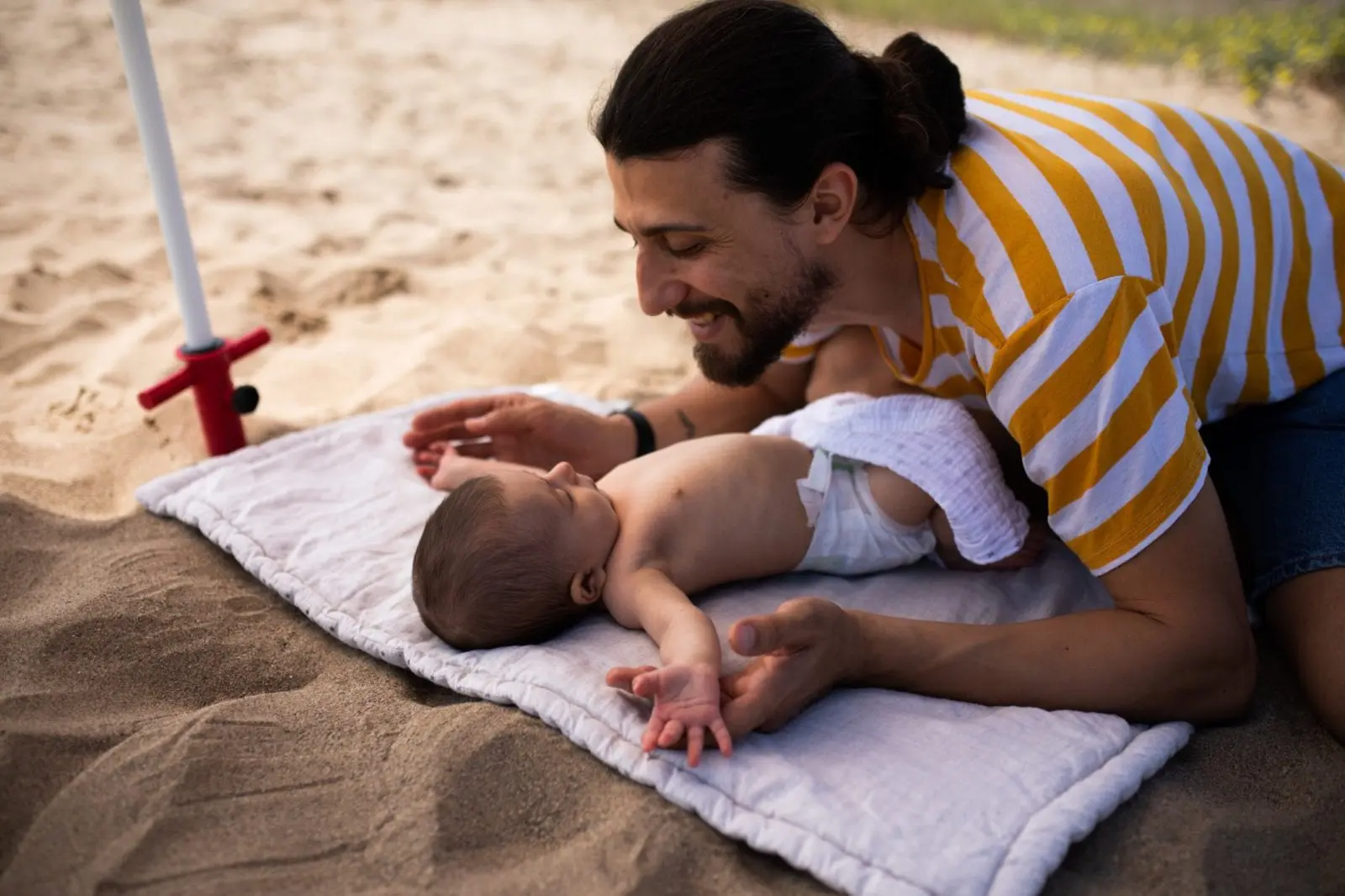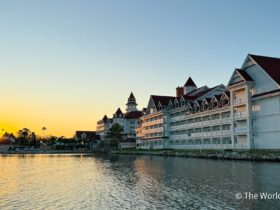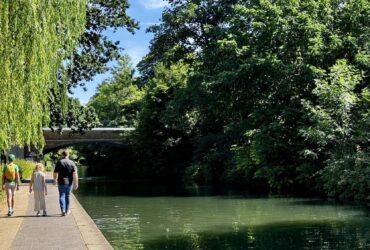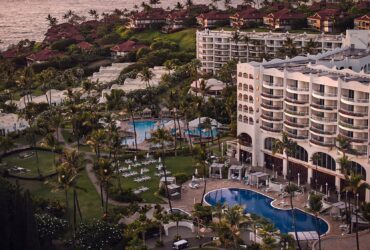- I spoke with a board-certified pediatric dermatologist for answers to common questions about keeping babies safe in the sun.
- These are my picks for the best baby sunscreens, based on her advice.
When comes to keeping babies safe in the sun and choosing reliable baby sunscreens, there’s no room for guesswork. That’s why I went straight to a board-certified pediatric dermatologist, Dr. Shivani Patel, for answers to some of the most common questions around sunscreen for babies and toddlers.
I also spoke with Dr. Patel about which baby sunscreen brands offer the best protection and whether you should be opting for physical sunscreens or chemical sunscreens for your baby, toddler, or young child.
Best Sunscreens for Babies and Toddlers
The best sunscreens for babies and toddlers are effective and gentle on young skin. Note that these physical sunscreens also work well on older kids (and adults), especially those with sensitive skin. But, unless specified otherwise, baby sunscreens may not have the same water resistance as products geared to kids and adults.
SUN SAFETY: 13 Kid-Friendly Sunscreens the Whole Family Can Use
1. Thinkbaby SPF 50+
Zinc oxide is the active ingredient in Thinkbaby, an SPF 50+ sunscreen that’s also safe for coral reefs. The product is water resistant for up to 80 minutes and is prized for its good performance and affordability.
2. Badger Baby Mineral Sunscreen – SPF 40
You can’t go wrong with Badger Baby Mineral Sunscreen, which has just seven ingredients (98 percent of which are organic). Zinc oxide is the active ingredient in Badger sunscreen, which is also coral reef friendly. Badger also has sunscreen products for older kids and parents, including physical sunscreens that offer clear application.
3. Kokua
Kokua Sun Care Hawaiian Natural Zinc Sunscreen is good for everyone in the family, including babies. It’s also good for the environment, as its Hawaii-grown ingredients are safe for coral reefs and its packaging is recyclable. Kokua Sun Care’s sunscreen is water-resistant for up to 80 minutes.
4. Raw Elements Baby + Kids Natural Sunscreen SPF 30
Available in a reusable and recyclable tin or lotion stick, Raw Elements Baby + Kids Natural Sunscreen is specifically formulated for little ones, promising not to run or sting eyes. Non-nano zinc oxide is the active ingredient in this baby sunscreen, which also contains gentle, nourishing ingredients such as coconut oil and chamomile. It is water-resistant for up to 80 minutes.
5. Blue Lizard Baby Mineral Sunscreen SPF 50+
Zinc oxide and titanium dioxide are the active ingredients in this dermatologist-approved sunscreen for babies and toddlers. And how cool is this? The company’s “Smart Bottle Technology” makes the bottle turn pink in harmful UV light, reminding everyone that it’s time to reapply the sunscreen. Blue Lizard Baby Mineral Sunscreen (and all Blue Lizard sunscreens) is free of oxybenzone and octinoxate, which means it’s safe for coral reefs. This sunscreen is available in both lotion form and a sunscreen stick.
COOL SHADES: The Best Sunglasses for Babies and Kids
Expert Answers to Common Baby Sunscreen Questions
Board-certified pediatric dermatologist Dr. Shivani Patel, MD, FAAD is serious about helping families keep their youngest members safe in the sun. I asked Dr. Patel some of the most common questions around sunscreen for babies and toddlers, including age restrictions on products, whether you should be opting for physical sunscreens or chemical sunscreens, which ingredients to avoid, and whether there’s an actual difference between baby sunscreen and sunscreen for kids. Here’s what she told me.
Why can’t babies under six months old wear sunscreen?
Dr. Patel: “Babies and infants have a higher surface area-to-body weight ratio, which means they have higher absorption rates than adults. Chemicals in sunscreens can be absorbed into the body and bloodstream much more readily in babies. The outermost skin layer, called the stratum corneum, is also thinner in babies than adults and not as effective at blocking out chemicals in sunscreen from being absorbed.”
What’s the difference between baby and kid sunscreen?
Dr. Patel: “There is no difference in sun protection between a “baby” SPF 30 sunscreen and a “kid” SPF 30 sunscreen if they have the same active ingredient. As your infant grows, if your sunscreen is not water resistant, you may consider switching to one if your child will be in the pool or ocean; otherwise, you can continue to use the same sunscreen.”
When it comes to baby sunscreen, how much does the SPF number matter?
Dr. Patel: “I always recommend a broad spectrum sunscreen with an SPF of at least 30. Studies have shown there is no real benefit of any SPF greater than 50. I counsel families that they should always reapply the sunscreen every two hours when outdoors no matter what SPF they choose. Look for broad–spectrum sunscreens that protect against both UVA and UVB rays.”
Which ingredients should parents look for (and which should they avoid) when choosing sunscreen for babies?
Dr. Patel: “You should always look for mineral-based sunscreens, which will contain an active ingredient called zinc oxide, titanium dioxide, or a combination of both. These minerals will sit on top of your baby’s skin and block UV rays.
“I advise families to avoid chemical sunscreens, which contain active ingredients such as oxybenzone, avobenzone, octinoxate, octisalate, and octocrylene. Chemical sunscreens can be more irritating to your baby’s skin and have a higher risk of absorption into the bloodstream.
“Prior to use, always test the sunscreen on a small area of your baby’s skin, such as their inner wrist, to see how they react. As long as there is no redness or irritation after a few hours, the sunscreen may be safe to use.”
More from FamilyVacationist:
- 10 Best All-Inclusive Beach Resorts in the World
- 25 Beach Essentials for Every Sun-Soaked Vacation
- The Complete Baby Packing List













